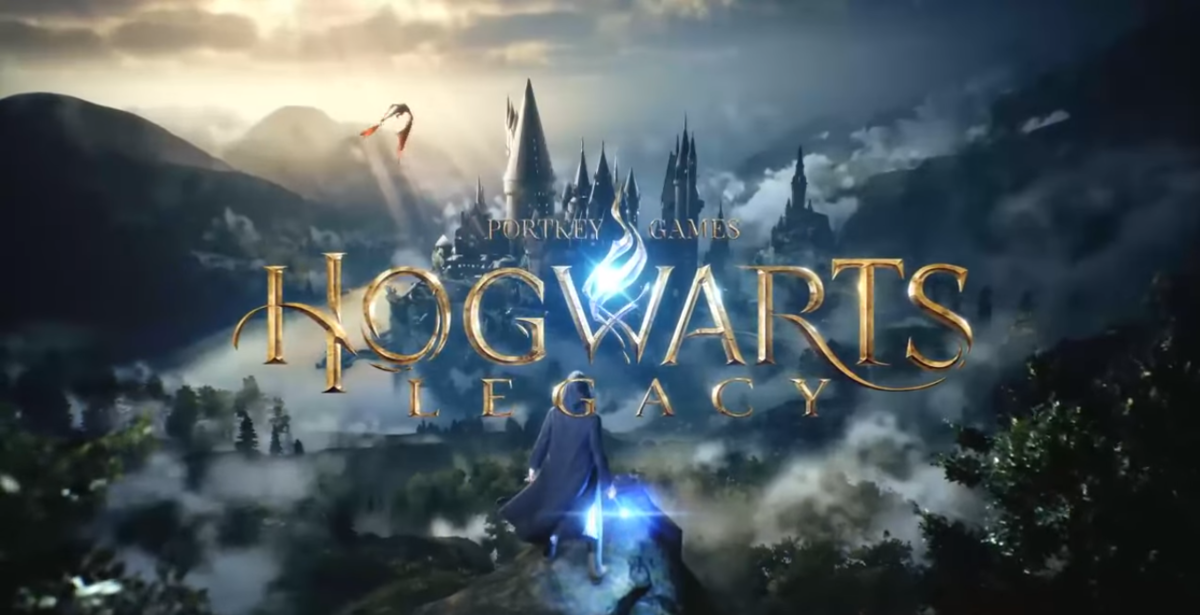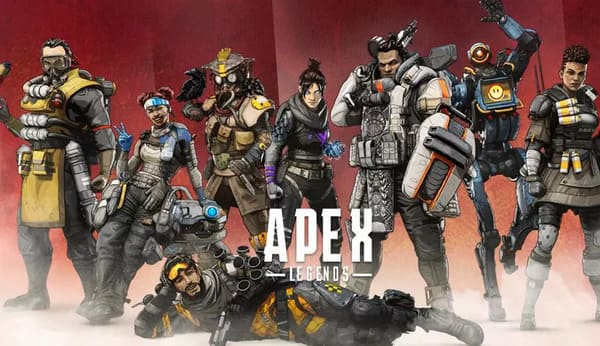Palworld – The Wild Fusion of Pokémon, Crafting, and Survival
1. Introduction to Palworld
Palworld is an open-world survival monster-collection game developed by Pocketpair, blending elements from games like Pokémon, ARK: Survival Evolved, and Minecraft. Released in early access in January 2024, Palworld became a viral sensation due to its unexpected and chaotic mixture of cute creatures ("Pals"), gun combat, resource farming, and co-op/competitive multiplayer.
Described by many as “Pokémon with guns,” Palworld invites players into a morally grey world where they capture creatures, force them into labor, fight hostile environments, build bases, and uncover dark secrets.
2. Game Setting and World Design
Set in a mysterious and untamed fantasy world filled with biomes ranging from lush forests and icy mountains to toxic wastelands and volcanic zones, Palworld immerses players in a land teeming with diverse creatures and hidden dangers.
Each region features:
-
Unique Pal types and behavior
-
Weather systems and time-of-day cycles
-
Hostile wildlife, poachers, and bounty hunters
-
Ancient ruins and lore-driven dungeons
The non-linear map encourages exploration, with fast travel points and hidden caves scattered throughout.
3. The Pals: Creatures with Purpose
Pals are the heart of Palworld. These fantasy creatures can be:
-
Captured using Pal Spheres
-
Trained for combat, labor, transportation, or production
-
Used as weapons, mounts, or factory workers
-
Crossbred to create unique hybrids
Each Pal has unique stats, elemental abilities, and Work Suitabilities (e.g., Mining, Planting, Transporting, Kindling, etc.), which affect their usefulness in various tasks.
You can:
-
Equip Pals with guns
-
Ride flying, aquatic, or ground-based Pals
-
Assign them to automate your base
-
Send them to fight bosses or raid dungeons
4. Combat and Weaponry
Palworld introduces real-time action combat—a significant departure from the turn-based style of traditional monster games.
Combat mechanics include:
-
Ranged weapons: pistols, rifles, shotguns, rocket launchers
-
Melee options: swords, hammers
-
Elemental combat: using Pal abilities strategically
-
PvE raids and PvP skirmishes with friends or enemies
-
Team-based fights with up to 3 active Pals
You can switch between your own weapons and Pal support, allowing for chaotic yet strategic gameplay.
5. Survival Elements and Resource Gathering
Like a traditional survival game, Palworld includes:
-
Hunger and stamina systems
-
Crafting tables and tech trees
-
Durability mechanics for tools and weapons
-
Base building with automation support
-
Weather effects that impact gameplay (cold, heat, storms)
Players must:
-
Gather wood, stone, ores, and food
-
Build shelter and defense walls
-
Craft armor and cooking stations
-
Maintain Pal happiness to avoid rebellion
Some Pals can farm crops, light furnaces, process ore, or defend your base from raids, turning your workforce into an industrial empire.
6. Base Building and Automation
Base development is surprisingly deep, allowing players to construct:
-
Multi-level houses and factories
-
Storage, workbenches, furnaces
-
Assembly lines with conveyor belts
-
Automated cooking, farming, and mining
You can assign Pals to operate specific areas, reducing manual labor. This introduces a unique factory simulator aspect into the game.
Important systems include:
-
Power generation
-
Pal beds and care areas
-
Surveillance and defense turrets
-
Resource management AI
This makes Palworld feel like Factorio meets Pokémon in the best way possible.
7. Morality, Laws, and the Dark Side
Palworld isn’t afraid to explore dark humor and ethically ambiguous mechanics.
Controversial features include:
-
Using Pals for forced labor
-
Breeding and factory farming
-
Killing or selling excess Pals
-
Harvesting Pals for rare resources
-
Black market trading
While none of these are mandatory, they are all available gameplay options. Players can choose to be humane caretakers or ruthless capitalists.
8. Multiplayer and Co-op Gameplay
Palworld supports:
-
Online multiplayer up to 32 players (server-dependent)
-
Drop-in/drop-out co-op with friends
-
PVP combat and server raids
-
Trading or battling Pals with others
This transforms the solo survival journey into a MMO-lite experience, where alliances, betrayal, and cooperation all play major roles.
9. Progression, Bosses, and Lore
Beyond sandbox play, Palworld offers structured challenges:
-
Tower Bosses guarding key regions
-
Dungeons with elite Pals and loot
-
Tech Tree progression based on levels and materials
-
Paldex (a Pokédex-style system) to collect all creatures
There are story fragments hidden across ruins, dungeons, and NPC interactions, hinting at ancient civilizations and the origin of Pals.
10. Early Access State and Future Updates
As of 2024, Palworld is in Early Access with ongoing updates planned. The devs aim to expand:
-
Pal variety (over 100+ and counting)
-
Story content and world events
-
New weapons, biomes, and bosses
-
Enhanced PvP and breeding systems
-
Mod support and cross-platform multiplayer
Frequent patches show strong community engagement. The game already sold millions of copies in the first weeks of release.






























